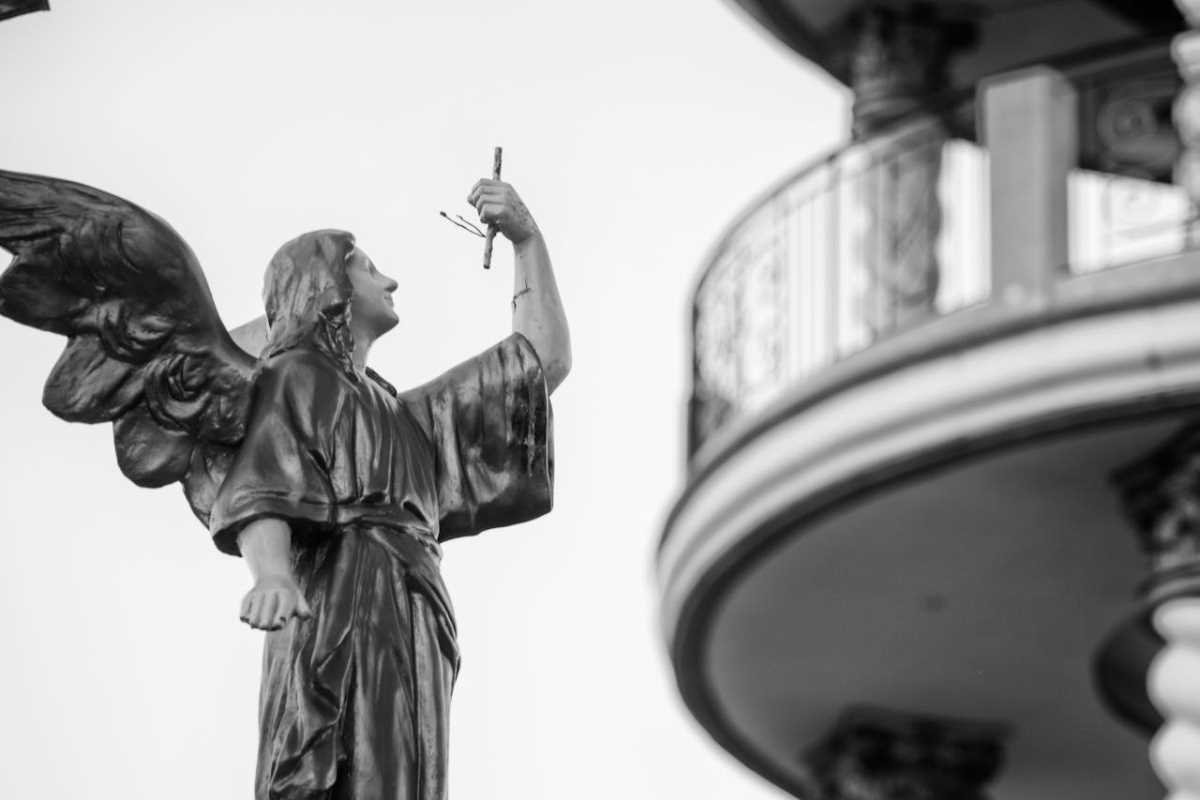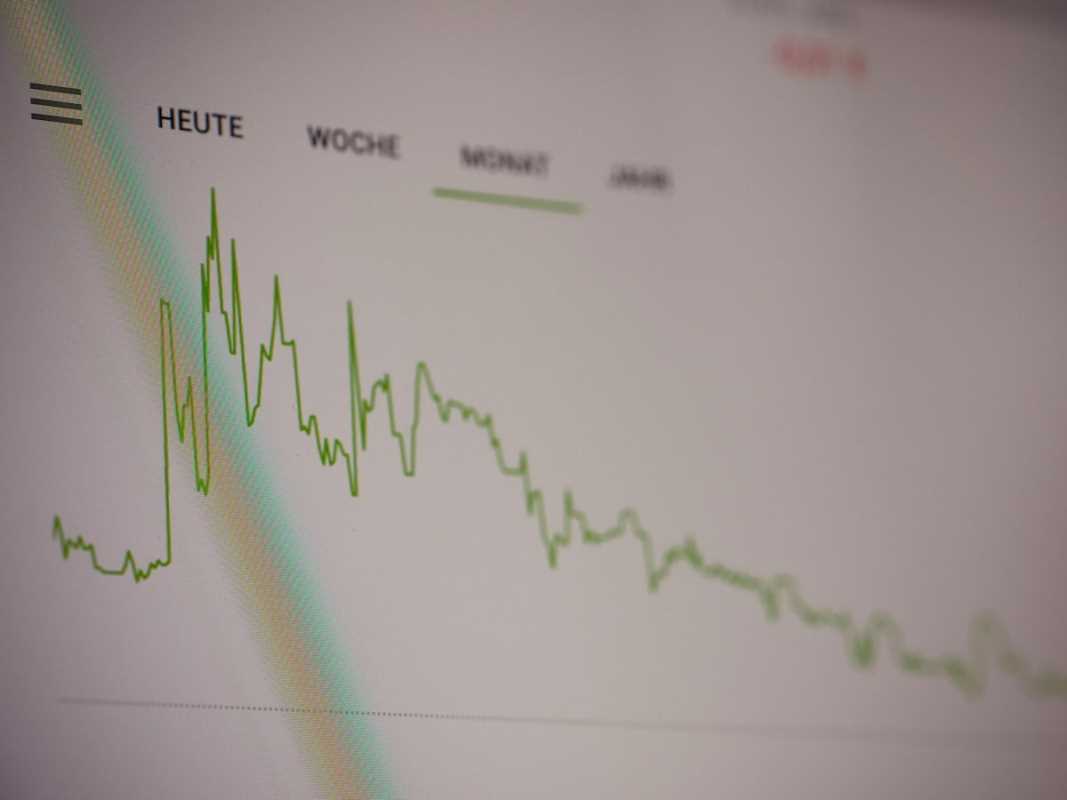Investing in rare collectibles like luxury watches, fine art, vintage cars, or rare sports memorabilia has traditionally been an avenue for the wealthy. These assets often carry steep price tags, making them inaccessible to most people.
However, fractional ownership is changing that narrative, offering individuals the opportunity to co-own valuable assets without requiring a seven-figure budget. If you’re considering fractional ownership, here’s what you need to know.
What Is Fractional Ownership?
Fractional ownership is a model that allows multiple individuals to collectively own a high-value asset. Instead of purchasing the entire asset outright, each investor buys a "fraction" or share. This ownership stake often correlates to their financial contribution and entitles them to benefits like appreciation value, dividend payments (if applicable), or profits from a sale.
When applied to rare collectibles, fractional ownership functions similarly. Investors pool their money to acquire a sought-after item that might otherwise sit out of financial reach. For example, instead of paying millions for a Picasso painting, an investor could spend a few thousand dollars to own a small percentage of it. Ownership is typically facilitated via specialized platforms, which handle the purchase, storage, and potential resale of these valuable items.
The Benefits of Fractional Ownership
Fractional ownership opens doors for aspiring investors. Here’s how it can benefit those seeking exposure to the collectible market:
1. Lower Financial Barriers
High-value collectibles, like classic Ferraris or limited-edition Rolex watches, often have price tags in the hundreds of thousands or even millions of dollars. Fractional ownership reduces the barrier to entry, making these assets accessible to everyday investors with smaller budgets.
2. Portfolio Diversification
Rare collectibles often perform differently than traditional investments like stocks or bonds. Co-owning collectibles can help diversify your portfolio, reducing overall risk and potentially offering some protection against inflation.
3. Access to Exotic Assets
Through fractional platforms, investors gain access to assets that were traditionally available to ultra-wealthy collectors. Whether it’s a piece of historic jewelry or a game-worn Michael Jordan jersey, these pieces carry prestige, history, and, in many cases, high potential returns.
4. Hands-Off Management
Managing high-value collectibles often requires specialized insurance, secure storage, and maintenance. Fractional ownership platforms usually handle these responsibilities, allowing investors to participate without the hassle.
Risks and Challenges of Fractional Ownership
While there are clear advantages, fractional ownership also comes with potential risks and challenges that investors need to weigh carefully.
1. Illiquidity
Rare collectibles are not traded like stocks or mutual funds. Selling a fractional interest can sometimes be difficult, especially if no secondary market exists for the asset. Investors may need to wait for the platform to exit the investment or find a buyer themselves.
2. Market Volatility
The value of collectibles can fluctuate significantly due to changing trends, economic conditions, or even personal preferences of wealthy buyers. There’s no guarantee that a collectible will appreciate.
3. High Fees
Many platforms charge fees for acquisition, maintenance, and sale of the asset. These charges can eat into your returns. It’s crucial to understand the fee structure before committing to a platform.
4. Lack of Control
Fractional ownership means shared control. Investors typically have little say in decisions like when to sell the asset or how it’s managed, as the platform or majority stakeholders often dictate these terms.
5. Regulatory and Tax Considerations
The regulatory oversight for fractional ownership can differ by jurisdiction. Tax implications for gains on collectible investments can also vary, potentially affecting net returns.
Key Considerations for Potential Investors
Before jumping into fractional ownership, there are a few key points to consider:
- Do Your Research: Understand the asset you’re investing in. Research its historical performance, market demand, and future prospects. For instance, a rare whiskey might appeal to luxury buyers today but may lose value if tastes change.
- Evaluate the Platform: Not all fractional ownership platforms are created equal. Look for transparency in management, fee structures, and asset appraisals. Verify that the platform is legitimate and communicates investor protections clearly.
- Understand Your Investment Goals: Be clear about your financial goals. Are you seeking short-term profits, or are you aiming for long-term exposure? Fractional ownership can cater to both, but aligning the structure with your goals is essential.
- Diversify Within the Fractional Market: Just because you can access rare collectibles doesn’t mean you should put all your money into one asset. Spread your investments across multiple items or platforms to mitigate risk.
- Know the Exit Strategy: Understand when and how you can sell your fractional interest. Platforms with a robust secondary market can make it easier to liquidate your stake.
Platforms and Markets to Explore
Fractional ownership platforms have sprung up across various collectible markets, making it easier than ever to participate. Here are a few examples:
- Rally: Specializing in assets like sports memorabilia, classic cars, and luxury goods, Rally offers fractional shares in a variety of sought-after items. It also provides a secondary market where investors can buy and sell shares.
- Masterworks: Focused on blue-chip art, Masterworks allows investors to buy stakes in works by globally renowned artists like Basquiat or Banksy. Their platform provides an easy way to explore art as an asset class.
- Otis: Otis offers ownership in collectibles ranging from video games and sneakers to rare trading cards. Its user-friendly platform and affordable minimums appeal to first-time investors.
- Collectable: Aimed at sports enthusiasts, Collectable lets you co-own iconic items like game-worn jerseys or historic baseball cards. The platform also provides liquidity options through a secondary market.
These platforms make it simple to browse available assets, invest, and monitor your ownership performance.
 (Image via
(Image via





